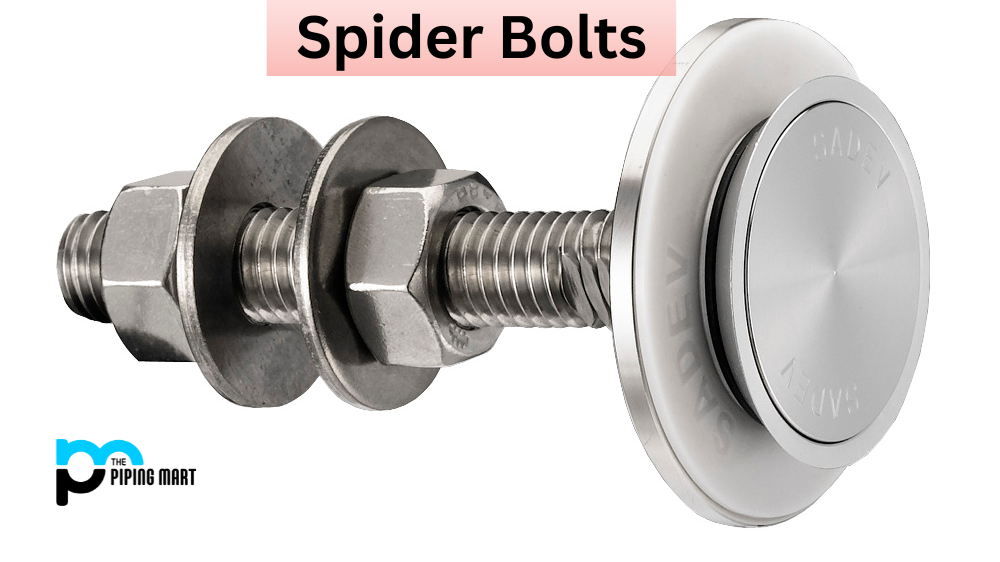When it comes to plumbing, choosing the right type of fittings is crucial, as it impacts the overall effectiveness and durability of the system. Two popular options for connecting pipes are compression fittings and solder joints. Both have advantages and disadvantages, and their decision depends on several factors. In this blog post, we’ll take a closer look at compression fittings and solder joints and compare them to help you make an informed choice for your plumbing needs.
What is Compression Fittings?
Compression fittings are plumbing fittings that connect two pipes or tubes by compressing a ferrule or a ring onto the pipes, creating a tight seal. They are commonly used in applications where the pipes need to be connected and disconnected frequently or where vibration concerns them. Compression fittings come in various materials, including brass, steel, and plastic, and are easy to install without the need for any special tools or skills. One of the main advantages of compression fittings is their flexibility, as they can be used with different pipe materials as long as they are the same diameter.
What is Solder Joints?
Solder joints, also known as sweat fittings, are made by heating the joint with a torch to melt solder, which solidifies into a tight bond as it cools. They are commonly used in copper piping systems and are known for their strength, durability, and leak-free performance. However, solder joints require more specialized tools and skills to install and can be more time-consuming than compression fittings. Another disadvantage of solder joints is their limited flexibility, as they can only be used with copper pipes.
Difference Between Compression Fittings and Solder Joints
The decision between compression fittings and solder joints depends on several factors, including the application, the pipe materials, and the required durability and strength of the joint. Compression fittings are ideal for applications where flexibility and ease of installation are more important than ultimate strength and durability. They are also a good option for DIY plumbing projects, as they can be installed without special tools or skills. On the other hand, solder joints are recommended for applications where ultimate strength and durability are required, such as in high-pressure and temperature environments. They are also a good choice for professional plumbing projects, as they require specialized skills and tools to install.
Tips for Installing Compression Fittings and Solder Joints
- If you are planning to install compression fittings or solder joints, here are some tips to keep in mind:
- For compression fittings, ensure the pipes are clean and dry before installation, and tighten the fittings firmly, but not too tight, to avoid damaging the ferrule or the ring.
- For solder joints, ensure the pipe is clean and debris-free, and use high-quality flux and solder. You must also be careful not to overheat the pipe, which can cause damage or leaks.
- Consider using a compression-solder joint hybrid, which combines the flexibility of compression fittings with the strength of solder joints. This can be a good option for applications requiring strength and flexibility.
Conclusion
Choosing the right type of fittings for your plumbing needs is essential for achieving optimal performance and durability of your system. Compression fittings and solder joints are two popular options, each with advantages and disadvantages. By understanding their differences and considering the factors that influence your choice, you can make an informed decision that best suits your needs. Remember to follow the installation tips and consult a professional plumber if you need clarification on the type of fitting for your specific application.
Meet Heer, a dynamic and driven writer learning tricks of her trade in the metal industry. With a background in Digital Marketing, Heer brings a unique perspective to her writing, sharing valuable insights. Apart from blogging she like reading and hiking.




